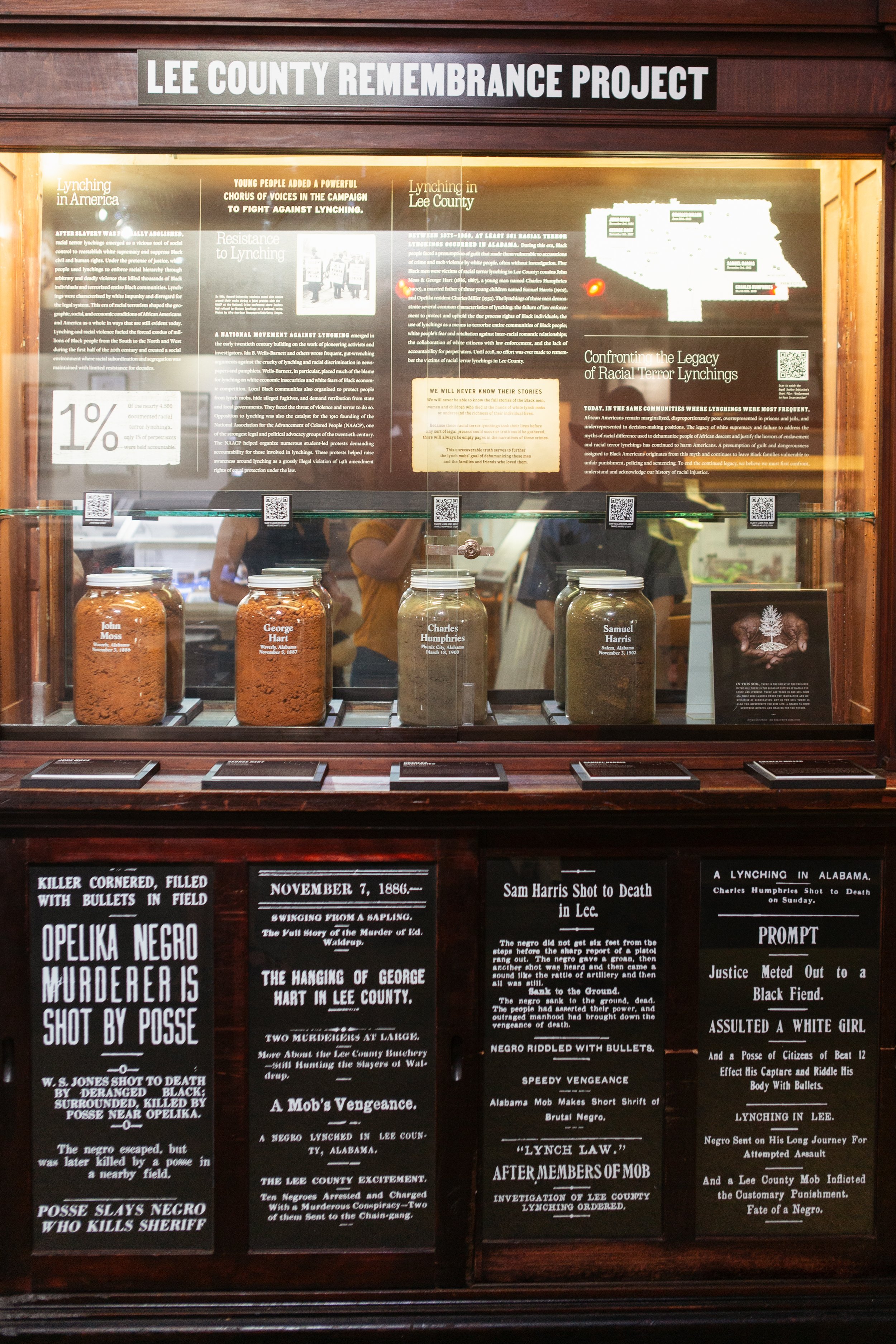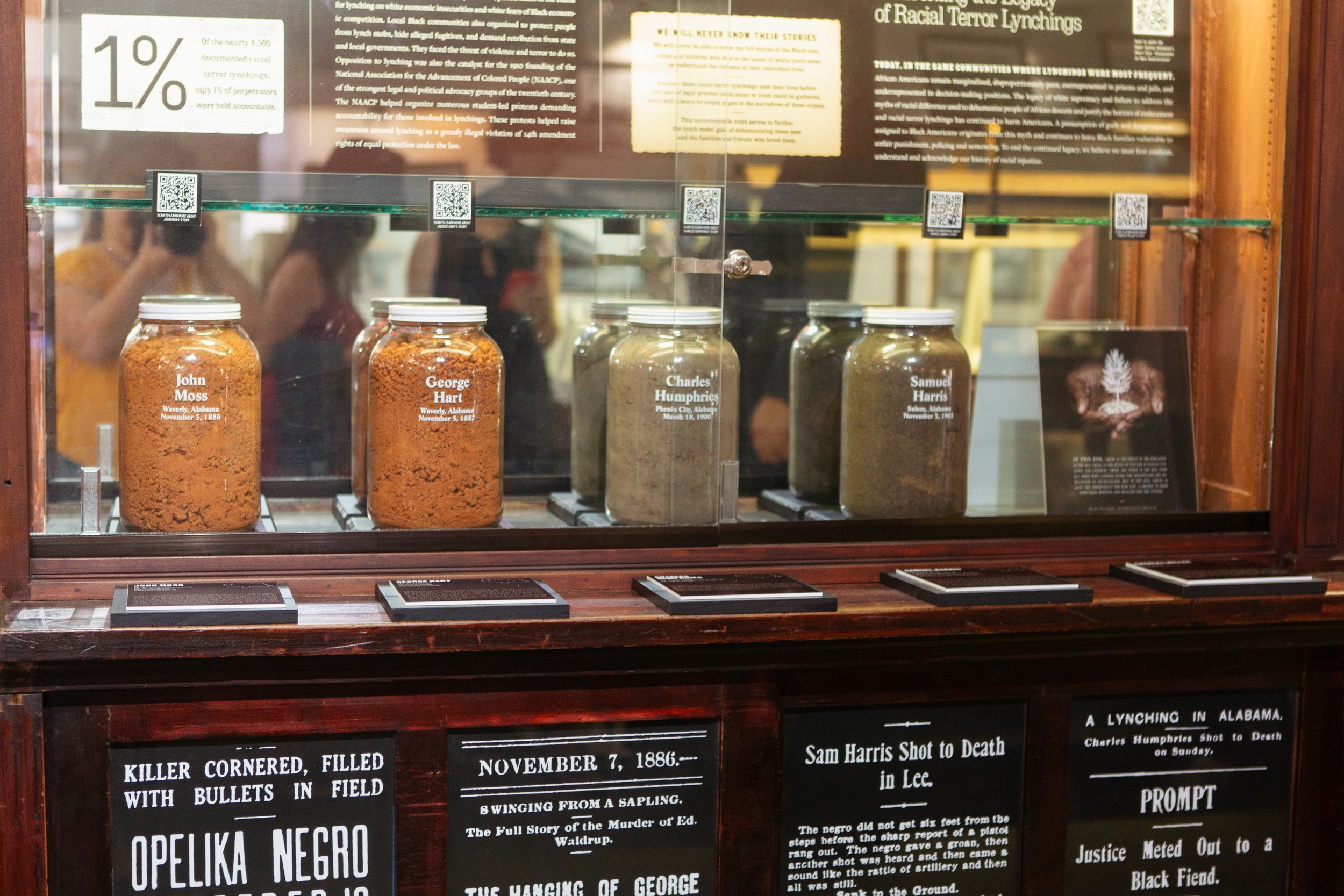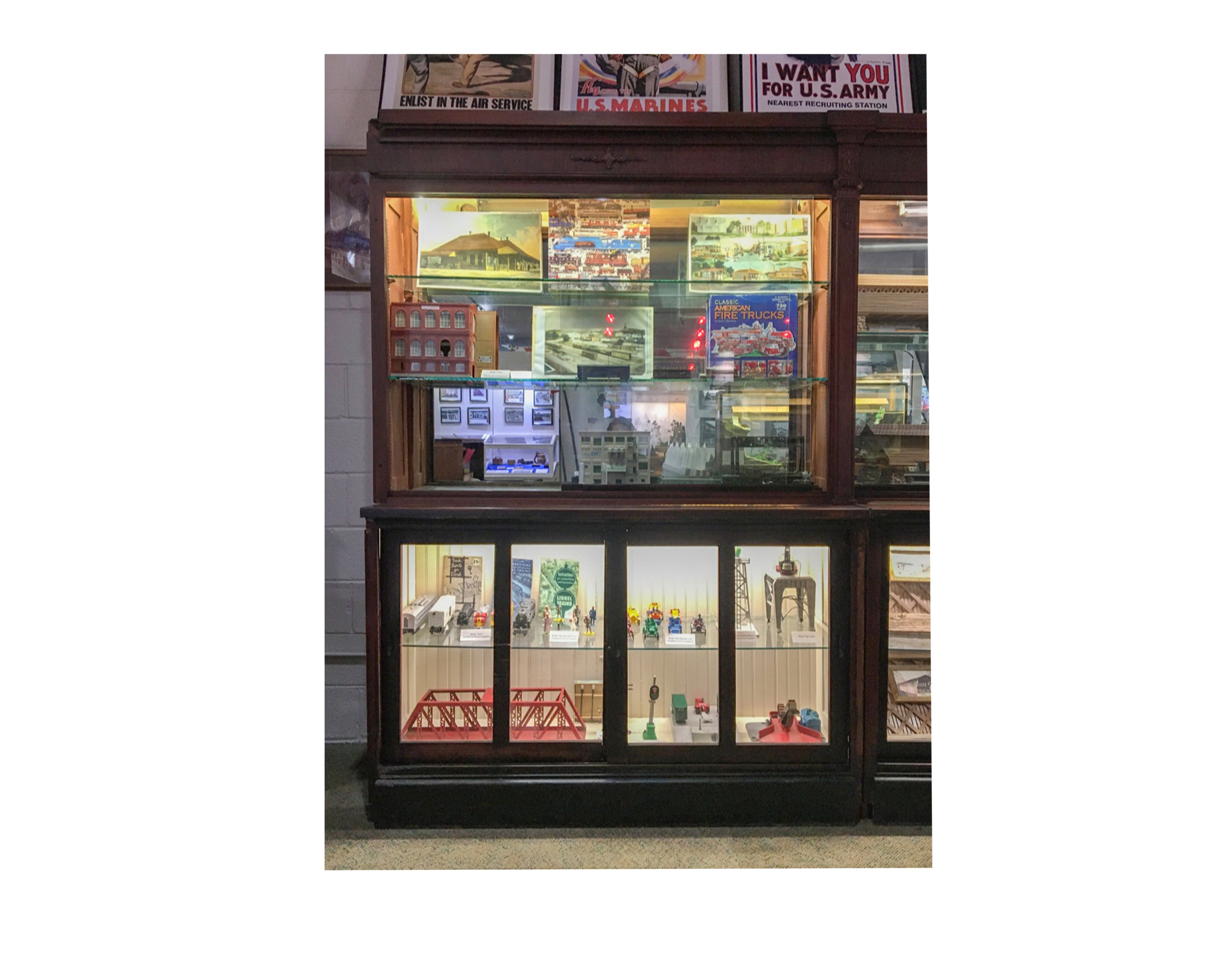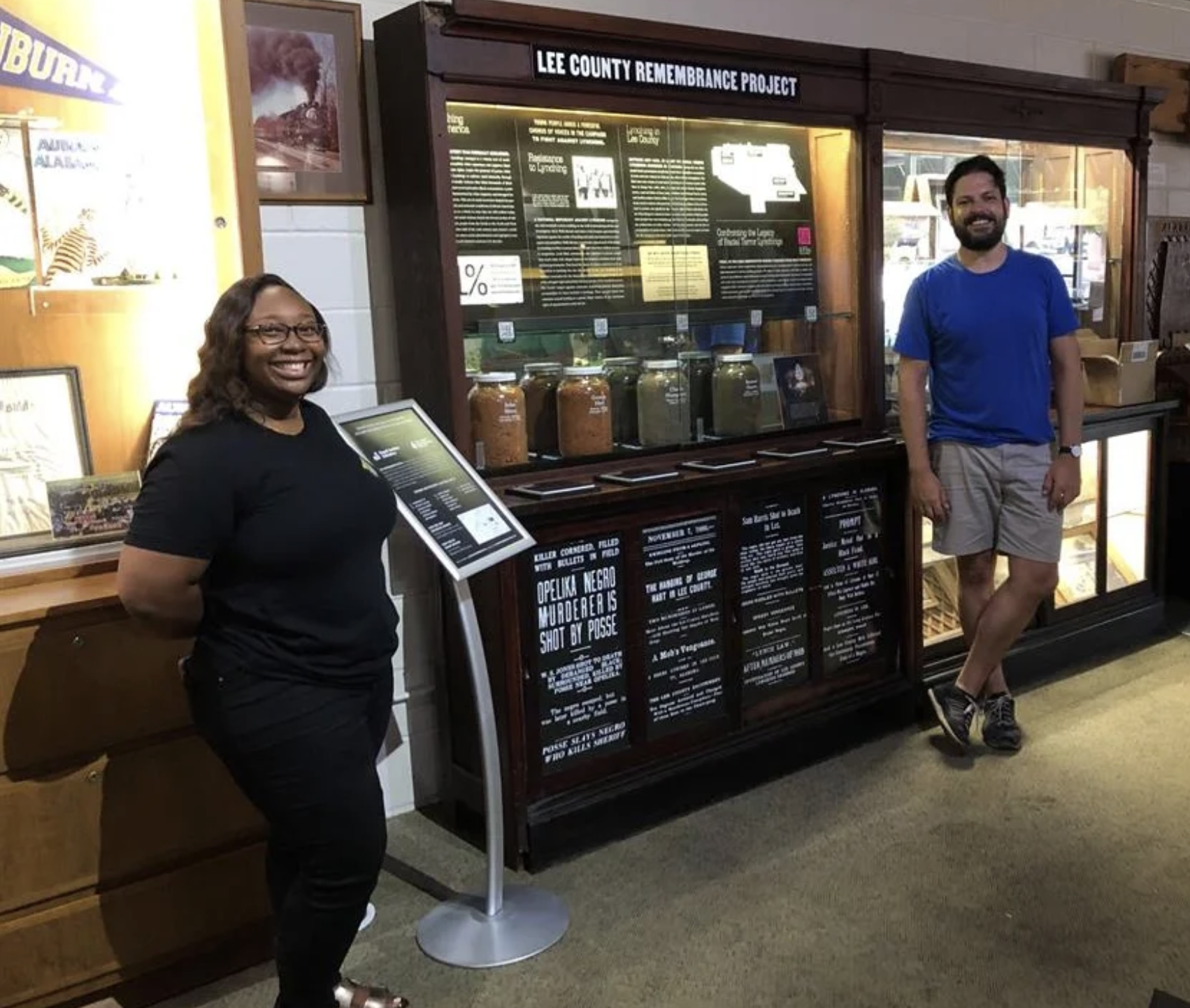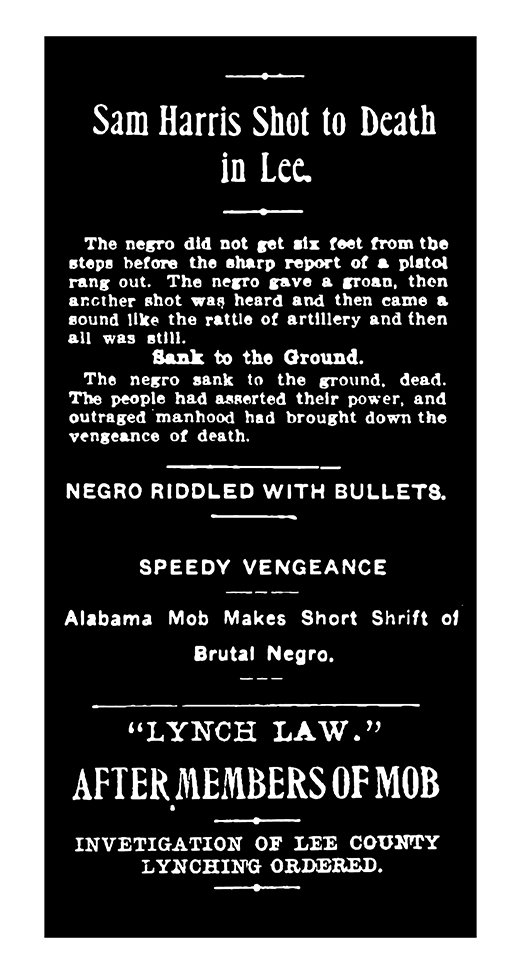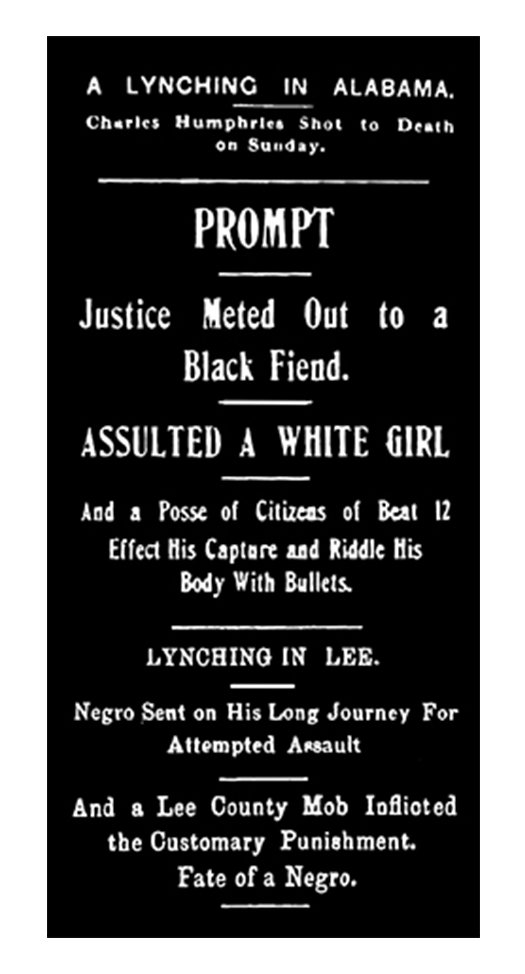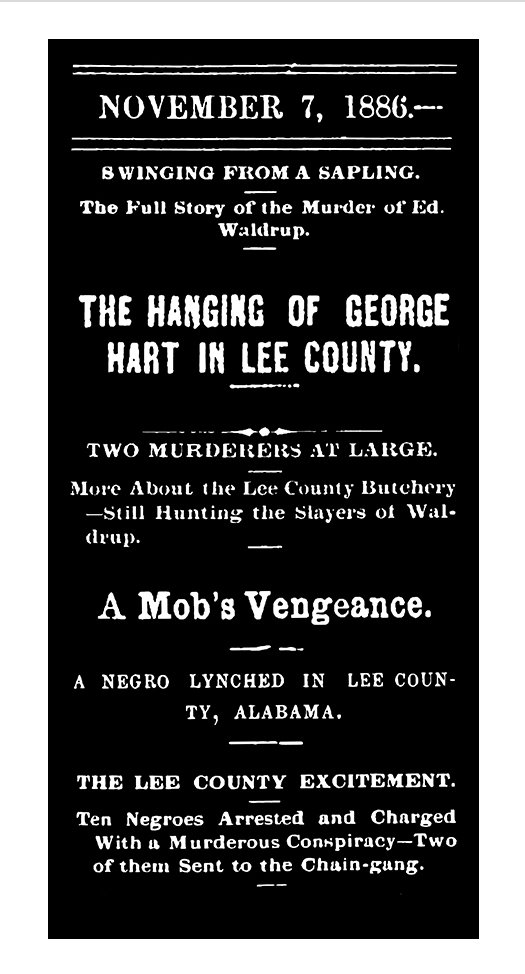Lee County Remembrance Project
OPELIKA, AL
Following the call from the Equal Justice Initiative, the Lee County Remembrance Project is community-driven initiative working to reconcile the racial violence that occurred in Lee County, Alabama.
Collaborators
Dr. Ashley B. Brown
Joe Davis
Dr. Olivia Nichols
After slavery was formally abolished, racial terror lynchings emerged as a vicious tool of social control to reestablish white supremacy and suppress Black civil and human rights. Between 1877–1950, at least 361 racial terror lynchings occurred in Alabama. During this era, Black people faced a presumption of guilt that made them vulnerable to accusations of crime and mob violence by white people, often without investigation. Five Black men were victims of racial terror lynching in Lee County: cousins John Moss & George Hart (1886, 1887), a young man named Charles Humphries (1900), a married father of three young children named Samuel Harris (1902), and Opelika resident Charles Miller (1932)
The lynchings of these men demonstrate several common characteristics of lynching: the failure of law enforcement to protect and uphold the due process rights of Black individuals; the use of lynchings as a means to terrorize entire communities of Black people; white people’s fear and retaliation against inter-racial romantic relationships; the collaboration of white citizens with law enforcement, and the lack of accountability for perpetrators.
Until 2018, no effort was ever made to remember the victims of racial terror lynchings in Lee County. In June 2021, a display honoring these victims was unveiled at the Museum of East Alabama in downtown Opelika — just across the street from a historical marker that also acknowledges and commemorates the victims. This exhibit features jars of soil collected from the sites of four of the racial terror lynchings. With limited space and few resources the design plan sought to maximize the use of the available shelving and glass cabinet doors.
The typography was inspired by turn-of-the-century newspaper typesetting styling through the use of contemporary revivals of font designs that allude to the historical contexts of the research. The font, Martin Regular, designed by Tré Seals was selected in homage to its heritage in non-violent civil protest contexts.
Original newspaper clippings show the role sensationalist headlines had on perpetuating the racially biased approach to reporting about these crimes in an effort to influence public opinion.

These shocking headlines were collaged together and installed across four panels to remind viewers of the dehumanizing nature of contemporary newspaper reports.
Using a truth and reconciliation framework, the LCRP confronts the history of racial terror in Lee County and engages in the discussions necessary to overcome its persistent legacy.
